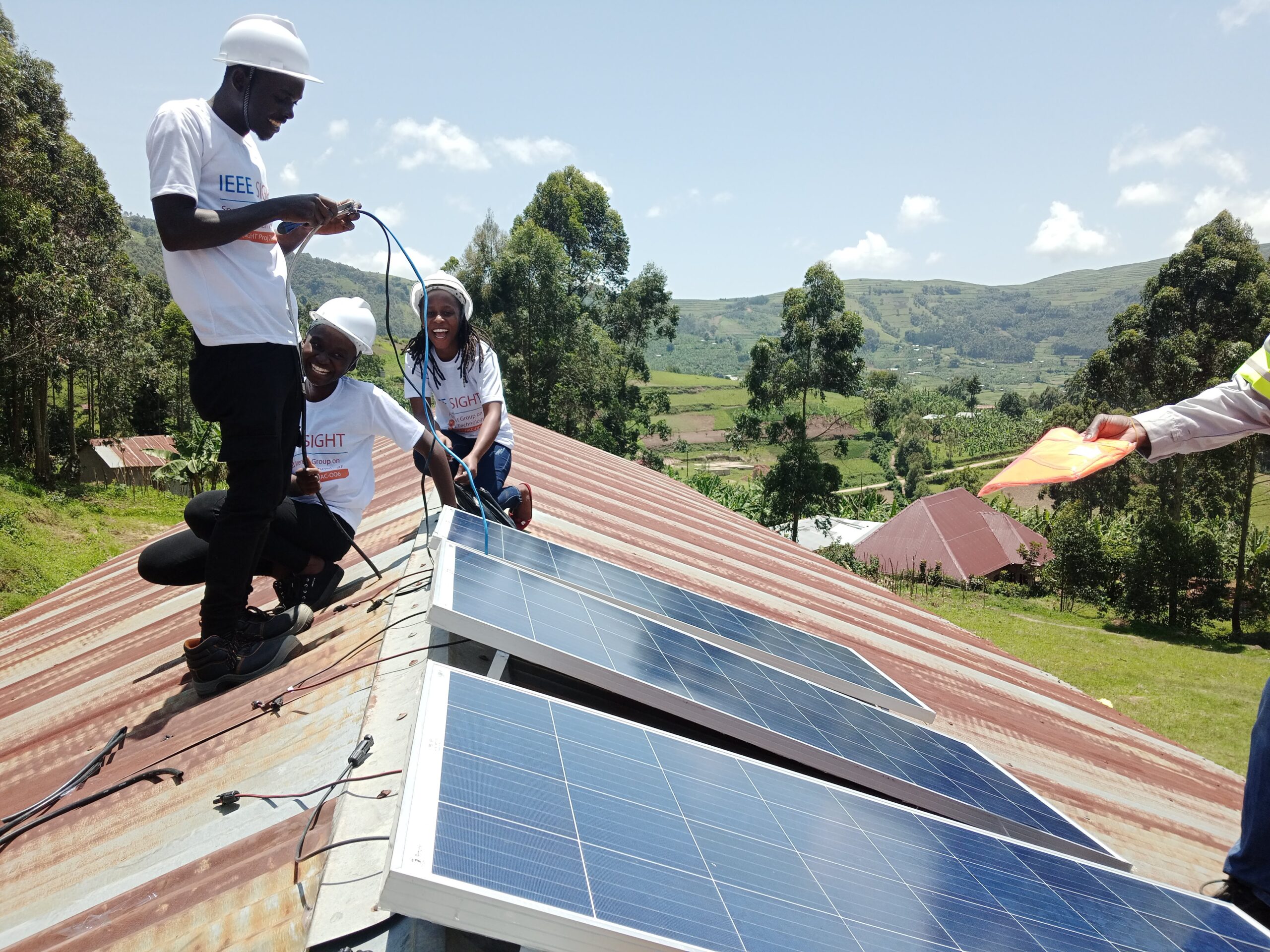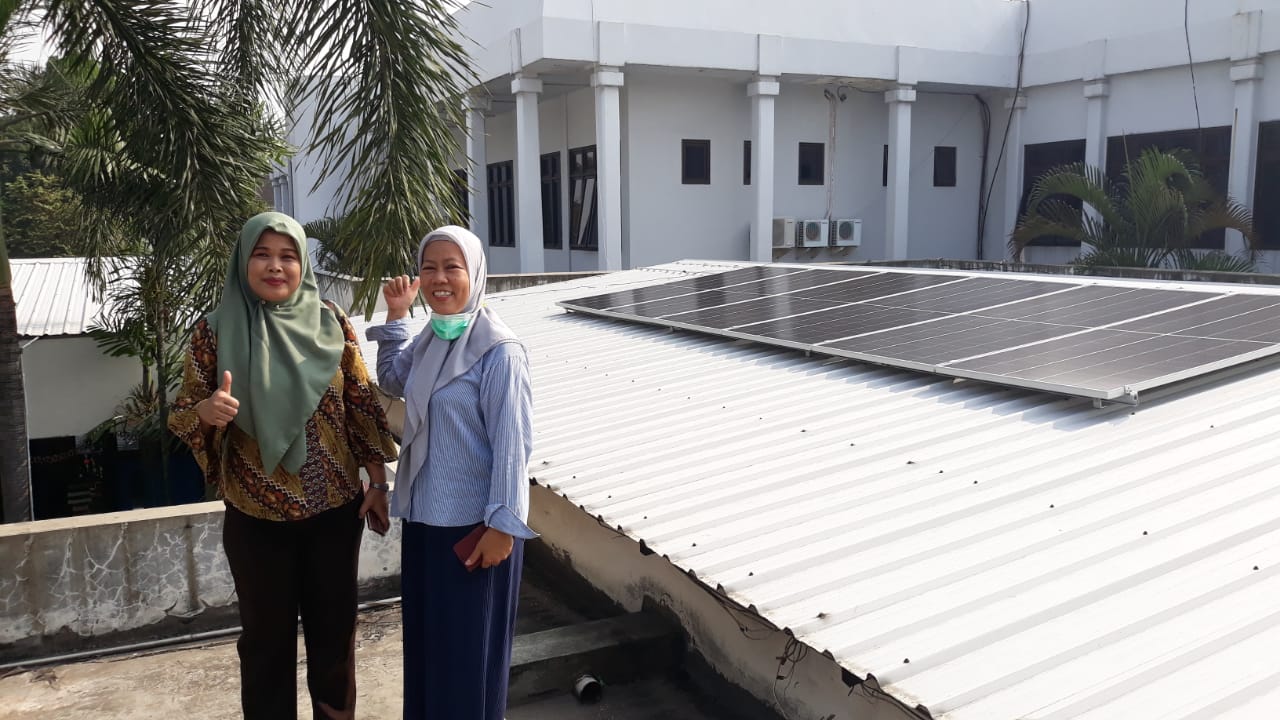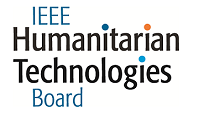HTB/SIGHT Funded Project Case Studies
The role of engineers in sustainable development is vital, as they are well equipped to implement designs and solutions that address humanitarian issues in the sustainable development space. IEEE facilitates technological solutions to challenges around the world through its Humanitarian Technologies Board (HTB) and its volunteers that make an impact in the lives of many people in their surrounding communities.
One of HTB’s areas of focus is “Supporting Humanitarian Technology and Sustainable Development Activities,” such as funding for grassroots IEEE member projects that utilize technology to address local challenges.
Since 2013, IEEE HTB (and its predecessor, the Humanitarian Activities Committee) and IEEE SIGHT have provided funding to IEEE Members who have prepared and implemented humanitarian technology and sustainable development projects in their local communities. From 2013 – 2022, over US$2.67M was awarded to 369 projects. Projects are required to address one or more of the United Nations Sustainable Development Goals (UN SDGs). Project teams build relationships with the partner community to identify a specific need and develop a plan to address it through the development, customization, or deployment of technology. They take into account the relevant environmental, cultural, socio-economic, and infrastructural issues that could affect the project and its impact. Teams partner with local government, NGOs, schools and universities, neighborhood associations, or companies to deploy the solution effectively.



Case Study Map
Select a marker on the map below to explore case studies of HTB/SIGHT funded projects.
Alternatively, find case studies by goal or technology.
Case Studies by Goal or Technology
Find a case study by a technology type or by the UN Sustainable Development Goals.
UN Sustainable Development Goals
- ARGENTINA: Improvement of a wind-powered water pumping system in the Patagonian steppe of Argentina
- BOLIVIA: Improving the Health of Poor Rural Bolivian Residents Through Appropriate Technology and Self-Sustainability (CamachoNet)
- ECUADOR: Expansion of a Community Intranet to share Sustainable Education Resources on the Galapagos Islands
- NIGERIA: Access to Solar Electricity to improve Basic Education in Iyana-ilogbo Community
- UGANDA: Lighting St. Augustine Primary School Kitohwa
- ARGENTINA: Improvement of a wind-powered water pumping system in the Patagonian steppe of Argentina
- INDIA: Domestic and Drinking Reservoir with Renewable Energy – Bavelli (D2Re-B)
- INDONESIA: CAHAYA BUDI LUHUR (“Noble Light”)
- MALAYSIA: Solar Powered and IoT Integrated Sustainable Hydroponic System
- NIGERIA: Access to Solar Electricity to improve Basic Education in Iyana-ilogbo Community
- UGANDA: Lighting St. Augustine Primary School Kitohwa
Technology Types
- BOLIVIA: Improving the Health of Poor Rural Bolivian Residents Through Appropriate Technology and Self-Sustainability (CamachoNet)
- ECUADOR: Expansion of a Community Intranet to share Sustainable Education Resources on the Galapagos Islands
- ARGENTINA: Improvement of a wind-powered water pumping system in the Patagonian steppe of Argentina
- ARGENTINA: Improvement of a wind-powered water pumping system in the Patagonian steppe of Argentina
- BOLIVIA: Improving the Health of Poor Rural Bolivian Residents Through Appropriate Technology and Self-Sustainability (CamachoNet)
- INDIA: Domestic and Drinking Reservoir with Renewable Energy – Bavelli (D2Re-B)
- INDONESIA: CAHAYA BUDI LUHUR (“Noble Light”)
- NIGERIA: Access to Solar Electricity to improve Basic Education in Iyana-ilogbo Community
- UGANDA: Lighting St. Augustine Primary School Kitohwa

